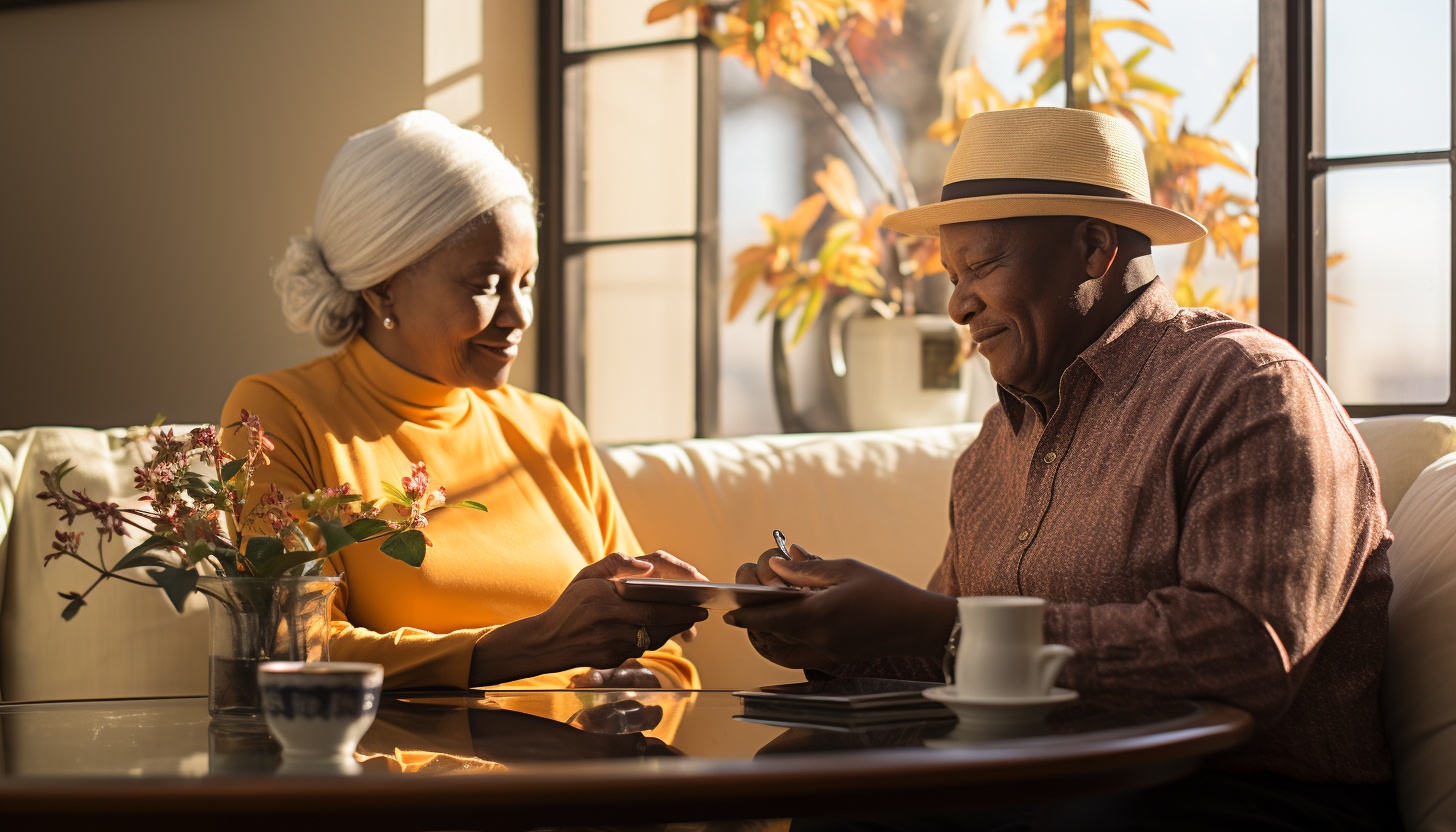
The Art of Mirroring: Building Rapport and Connection
Do you ever wonder how some people effortlessly build rapport and connection with others?
The secret lies in the art of mirroring. By mirroring someone’s behavior, speech, and body language, you can create a powerful bond that fosters understanding and trust.
In this article, we will explore the science behind mirroring and delve into techniques that will help you apply this skill in various situations.
Get ready to unlock the power of mirroring and enhance your interpersonal relationships.
Understanding the Power of Mirroring

Do you want to know how mirroring can help you build rapport and connect with others more effectively? Understanding the power of mirroring can revolutionize the way you interact with people.
Mirroring is a powerful technique that involves subtly imitating the nonverbal cues of the person you’re communicating with, such as body language, facial expressions, and tone of voice. By mirroring these cues, you can establish a sense of familiarity and trust, which ultimately leads to stronger connections.
When you mirror someone’s body language, you’re essentially speaking their nonverbal language. This signals to the other person that you’re on the same wavelength as them, creating a sense of rapport and understanding. It also helps to establish a sense of empathy, as you’re showing that you’re attuned to their emotions and experiences.
Moreover, mirroring can also help to enhance communication and collaboration. When you mirror someone’s communication style, whether it be their pace, tone, or choice of words, you’re able to better align your message with theirs. This makes it easier for them to understand and relate to what you’re saying, fostering effective communication and cooperation.
Benefits of Mirroring in Building Rapport

Mirroring has numerous benefits in building rapport, allowing you to establish a deeper connection with others. By mirroring someone’s body language, gestures, and speech patterns, you’re sending a subtle message that says, ‘I understand you, I’m like you, and I’m on the same wavelength.’ This creates a sense of familiarity and trust, making the other person more inclined to open up and engage with you.
Here are three emotional responses that mirroring can evoke in your audience:
1. Comfort: Mirroring helps create a safe and comfortable environment by signaling that you’re attuned to the other person’s needs. When people feel understood and validated, they’re more likely to feel relaxed and at ease.
2. Likability: When you mirror someone, it makes them feel liked and accepted. This positive perception can lead to increased likability and a greater willingness to cooperate and collaborate.
3. Connection: Mirroring fosters a sense of connection and shared experiences. It helps bridge the gap between individuals, promoting empathy and understanding.
The Science Behind Mirroring and Connection

As you delve into the science behind mirroring and connection, you’ll discover the fascinating mechanisms at play that facilitate rapport building and foster a deeper sense of understanding and empathy.
Mirroring, at its core, is based on the concept of neural resonance. This phenomenon occurs when individuals unconsciously mimic each other’s behaviors, expressions, and even emotions. The mirror neurons in our brains are responsible for this remarkable ability to imitate others. These mirror neurons fire not only when we perform an action ourselves but also when we observe someone else performing the same action. This neural resonance creates a sense of shared experience and connection, as if we’re literally stepping into the shoes of the other person.
In addition to neural resonance, mirroring also taps into the concept of social validation. When someone mirrors our behaviors, it validates our thoughts, feelings, and actions, making us feel seen and understood. This validation has a profound impact on our sense of self-worth and our willingness to open up and connect with others.
Moreover, mirroring also enhances empathy, as it allows us to better understand and relate to the experiences and emotions of others. When we mirror someone, we’re essentially saying, ‘I understand you, I’m like you,’ which creates a powerful bond of empathy and connection.
Techniques for Effective Mirroring

To effectively mirror and build rapport with others, incorporate specific techniques that enhance connection and understanding. Mirroring is a powerful tool that allows you to establish a deeper level of communication with those around you. By mirroring their body language, gestures, and even speech patterns, you can create a sense of familiarity and trust. Here are three techniques that can help you become more effective at mirroring:
1. Active Listening: When engaging in a conversation, make a conscious effort to truly listen to the other person. Pay attention to their words, tone of voice, and non-verbal cues. Reflect back what you hear by paraphrasing or summarizing their thoughts. This shows that you value their perspective and encourages them to open up further.
2. Matching Energy Levels: People have different energy levels, and matching someone’s energy can help establish a connection. If they’re enthusiastic and animated, mirror that energy. If they’re calm and relaxed, adjust your own energy accordingly. This subtle mirroring can create a harmonious atmosphere and make the other person feel understood.
3. Empathetic Body Language: Your body language speaks volumes. Show empathy by mirroring the other person’s posture, facial expressions, and gestures. If they lean in, lean in as well. If they nod, nod in agreement. This non-verbal mirroring conveys that you’re present and attuned to their emotions.
Applying Mirroring in Various Situations

When applying mirroring in various situations, regularly practice these techniques to strengthen your connections and deepen understanding. Mirroring isn’t a one-size-fits-all approach; it requires adaptability and sensitivity to the context at hand.
In conversations, mirror the other person’s body language and vocal tone to create a sense of familiarity and rapport. By doing so, you can establish a level of comfort that allows for open and honest communication.
In negotiations, mirroring can be used strategically to build trust and convey empathy. By mirroring the other party’s gestures and speech patterns, you can create a sense of collaboration and understanding, increasing the chances of reaching a mutually beneficial agreement.
In leadership roles, mirroring can be a powerful tool to inspire and motivate your team. By reflecting the emotions and energy of your team members, you can demonstrate that you understand their perspective and are invested in their success.
However, it’s important to remember that mirroring should be done authentically and with genuine intent. It isn’t about manipulation or deceit, but rather about building genuine connections and fostering better communication.
Conclusion
In conclusion, mastering the art of mirroring can greatly enhance your ability to build rapport and connection with others.
By subtly imitating their body language, speech patterns, and gestures, you create a sense of familiarity and empathy, fostering a deeper level of understanding.
Remember the wise words of Ralph Waldo Emerson, ‘In order to be understood, seek to understand.’
So, take the time to observe and mirror those around you, and watch as your relationships flourish and thrive.






